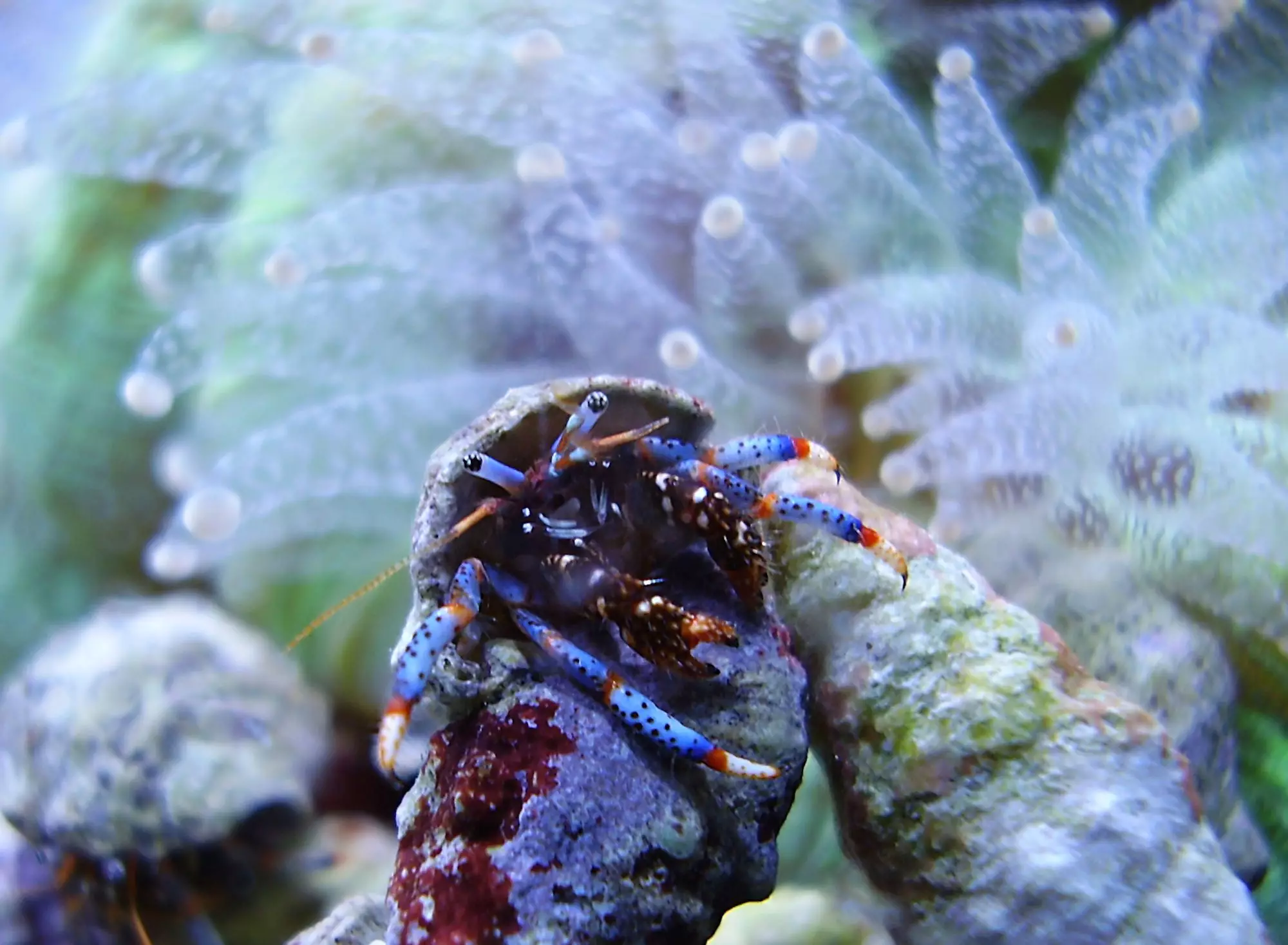As any dedicated aquarist knows, maintaining a balanced and healthy aquarium environment is a complex process that requires careful planning and management. Among the most helpful inhabitants in this endeavor are hermit crabs and snails, which are often the first “cleaner” species added to a tank. While they offer substantial benefits in controlling algae, selecting the appropriate types of these creatures is crucial for the long-term health of the aquarium ecosystem.
Hermit crabs, belonging to the phylum Arthropoda, prove to be versatile scavengers that thrive on a diet consisting of detritus and other organic material found in their surroundings. Certain species of hermit crabs—specifically those categorized as “reef-safe”—are highly valued in aquaculture systems, particularly reef tanks. A careful selection of small hermit crabs, typically measuring just a couple of inches, can effectively address algae proliferation without interfering with other tank inhabitants.
These diminutive crabs are adept at navigating tight spaces and can access algae-covered crevices where larger species might struggle. Their cleaning ability contributes significantly to the health of the aquarium by removing unwanted material and organic waste. In contrast, larger hermit crabs, such as the Anemone Carrying Hermit or the Halloween Hermit, can be problematic. These species might wreak havoc on corals and other inhabitants due to their size and propensity to displace tank structures during their search for food.
For an aquarium to flourish, particularly with larger hermit crab species, it’s essential to understand their habitat needs. As these crabs grow, they will naturally outgrow their shells. Aquarists must provide appropriately sized shells to avoid the cannibalistic behavior that occurs when hermit crabs seek new housing. This situation can lead to territorial disputes and increased stress among the tank inhabitants.
A well-balanced aquarium should prioritize smaller, hardy crab species like the Left-Handed or Dwarf Zebra Hermit Crabs, which are less aggressive and provide excellent algae control. Additionally, other species such as the Blue-Legged and Red-Legged Hermit Crabs also bring various characteristics beneficial for algae management. Each of these species has unique traits that contribute to the overall cleanliness of a reef tank and ensure compatibility with other marine life.
In addition to hermit crabs, various snail species are pivotal in the algae control strategy. The Astraea and Turbo snails, for example, are often introduced to new tanks as soon as ammonia and nitrite levels stabilize. They efficiently manage microalgae and consume red and green slime algae, making them indispensable for creating a healthy aquatic environment.
Astraea tecta, found in the warm Caribbean waters, is particularly skilled at scraping algae off rocky surfaces. Furthermore, snails such as Turbo and Trochus are primarily herbivorous and focus their efforts on cleaning both the glass and the substrate, proving valuable in all aspects of aquarium maintenance.
One point of caution is the potential introduction of predatory snails such as those from the genus Conus. The venom of these species can be lethal, representing a risk that aquarium enthusiasts must recognize and guard against. Understanding the ecosystem involves not just introducing beneficial species but also being aware of potential threats that could disrupt tank health.
Selecting the right species of crabs and snails is crucial for achieving a thriving aquarium. While hermit crabs and certain snail species offer extensive advantages in algae control, it is essential to remain informed about the habits and potentials of the species you choose. Doing so enhances their beneficial roles while minimizing potential disruptions to the tank’s delicate balance.
The combination of hermit crabs and various snails creates a versatile cleaning crew capable of maintaining a healthy and vibrant aquarium. Providing them with proper habitat, ongoing care, and the right environment ensures optimal performance in their roles as algae controllers and tank cleaners. Educated choices will lead to a thriving aquatic ecosystem that not only looks beautiful but also promotes the well-being of all its inhabitants. Thus, understanding and leveraging the characteristics of these species will ensure that your aquarium remains a vibrant and healthy ecosystem.

